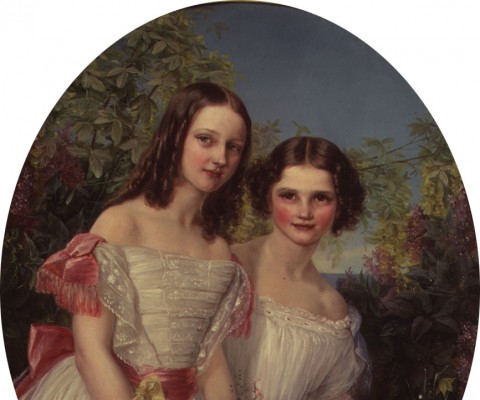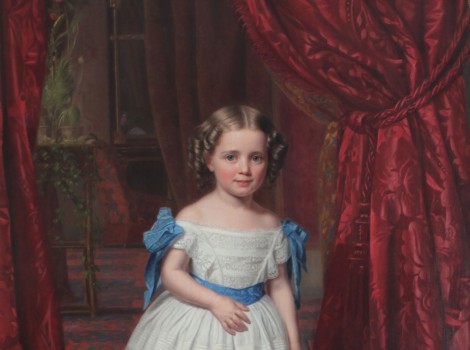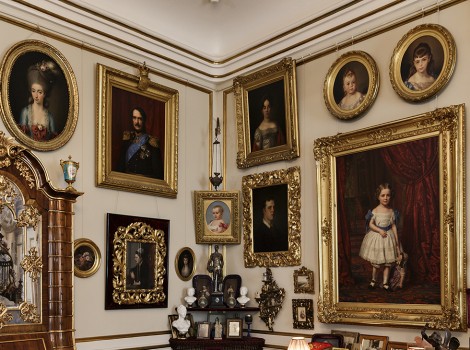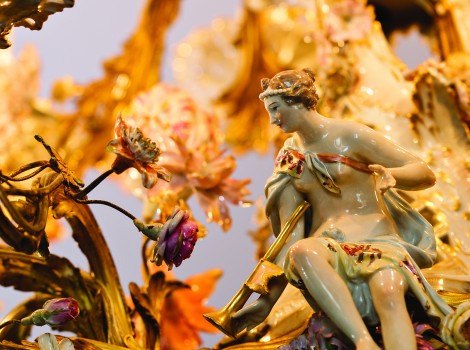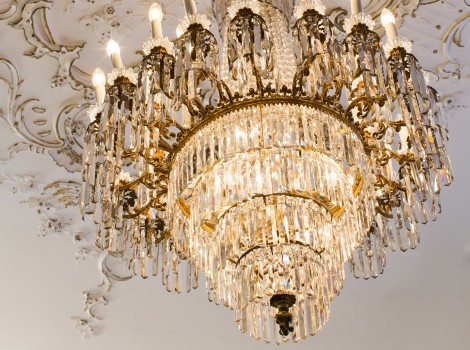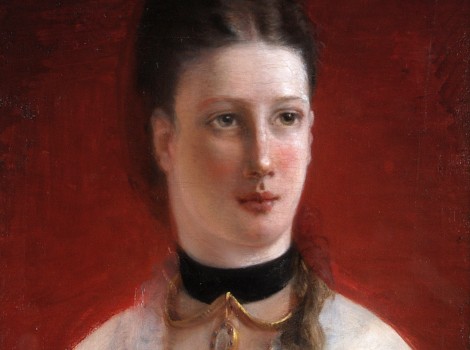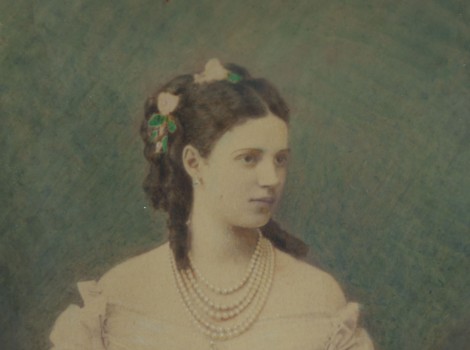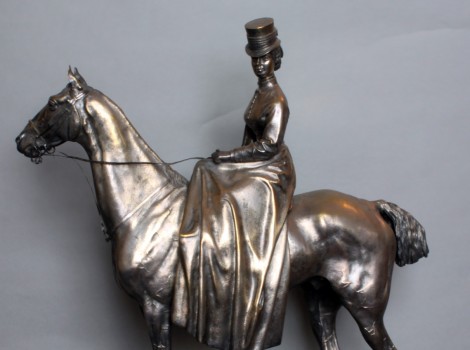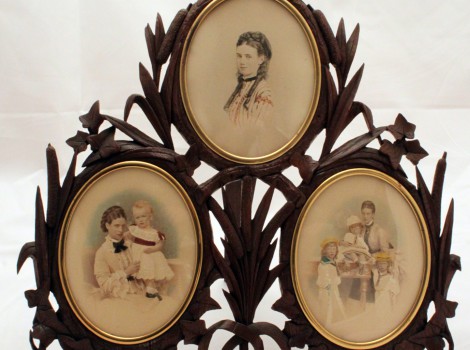Alexandra and Dagmar, 1856
Elisabeth Jerichau-Baumann’s painting from 1856 of Christian IX and Queen Louise’s two eldest daughters, who later became Queen of England and Empress of Russia respectively.
At the time the princesses were 12 and 9 years old respectively. Even though photography came to the fore as a new and popular medium from the middle of the 19th century, it was still common in the upper echelons to have portraits painted. The painter Elisabeth Jerichau-Baumann was amongst the most popular portrait painters of the time in Denmark, and was given several commissions by the Royal Family.
 Dansk
Dansk
 English
English
 Deutsch
Deutsch

